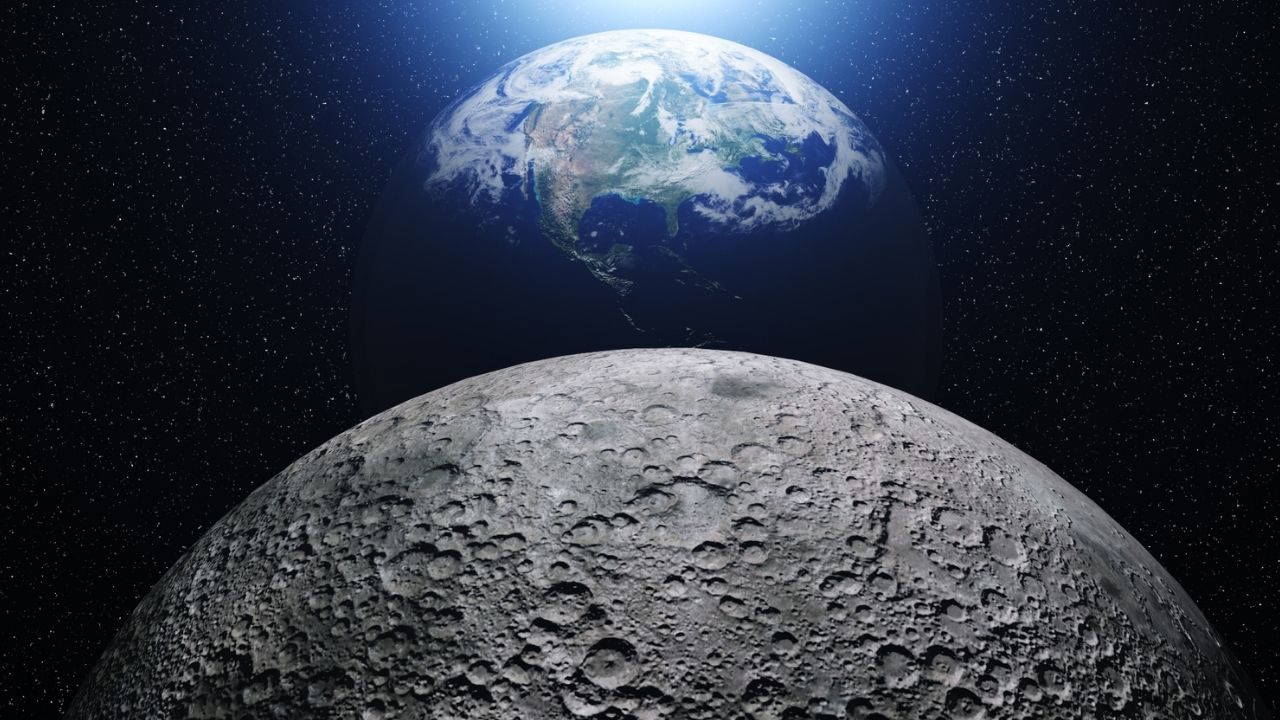It turns out that the Moon is not the only satellite of the Earth

If you only see a single moon in the sky, it doesn't always mean it's Earth's only satellite. Scientists have also discovered that other celestial bodies that temporarily orbit our planet occasionally appear, which they call "mini-moons."
A joint study by scientists from the US, Italy, Germany, Finland, and Sweden suggests that several small natural satellites could be orbiting Earth at any given moment. According to the study, most of these are tiny pieces of rock broken off from the Moon. These mini-moons, typically about two meters in diameter, are formed by dust and rocks generated by asteroids impacting the Moon's surface, which are then blown into space. If these pieces are large enough and enter Earth's gravitational field, they can temporarily settle into orbit.
Where do mini moons come from and where do they go?According to Chip, these small objects don't stay around Earth for long. After circling the planet for a while, they either fall out of the system due to the Sun's gravity or, in rare cases, fall back onto Earth or the Moon. Researchers describe these temporarily bound celestial bodies as "part of an ever-changing dance," because when one departs, another can take its place. According to calculations, there are approximately six to seven mini-moons, each measuring over a meter in diameter, around Earth at any given moment.

These findings also call into question previous ideas that minimoons originated in the asteroid belt deep within the Solar System. A 2018 study had suggested that these small moons originated in the asteroid belt between Mars and Jupiter. However, the new study reframes this view.
Some recently discovered minimoons share similar characteristics to the Moon. For example, Kamo'oalewa, a celestial body discovered by the Pan-STARRS1 telescope in Hawaii in 2016, exhibits a nearly identical reflection of light reflected from the lunar surface. This minimoon, which measures between 40 and 100 meters in diameter, is thought to share the same composition as the silicate-rich rocks on the Moon. This suggests that it may be a fragment of the Moon, rather than a typical asteroid.
Similarly, another minimoon, designated "2024 PT5," that entered Earth's orbit on August 7, 2024, is attracting attention. This object, both for its relatively large size and long orbital duration, has attracted the attention of scientists. The researchers suggest that this minimoon shares similar characteristics to the Moon and, like Kamo'oalewa, may be of lunar origin.
The idea that mini-moons might have broken off from the Moon actually aligns with an existing theory of lunar formation. According to this model, known as the "big impact hypothesis," approximately four billion years ago, Earth collided with another planet the size of Mars. The material ejected into space from this massive impact eventually coalesced to form the Moon. It's thought that some fragments temporarily captured in Earth's orbit today may also bear traces of this past.
Cumhuriyet





